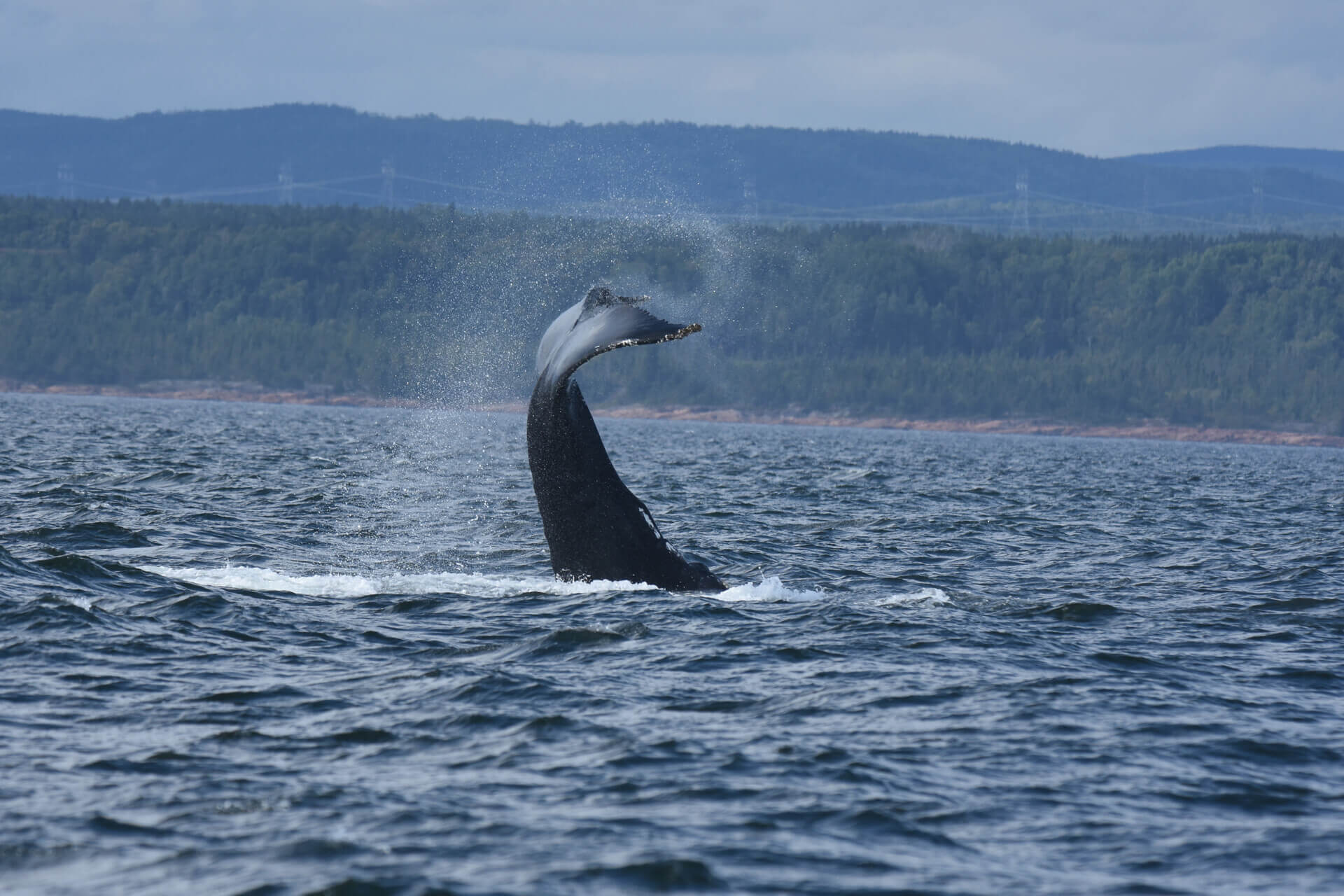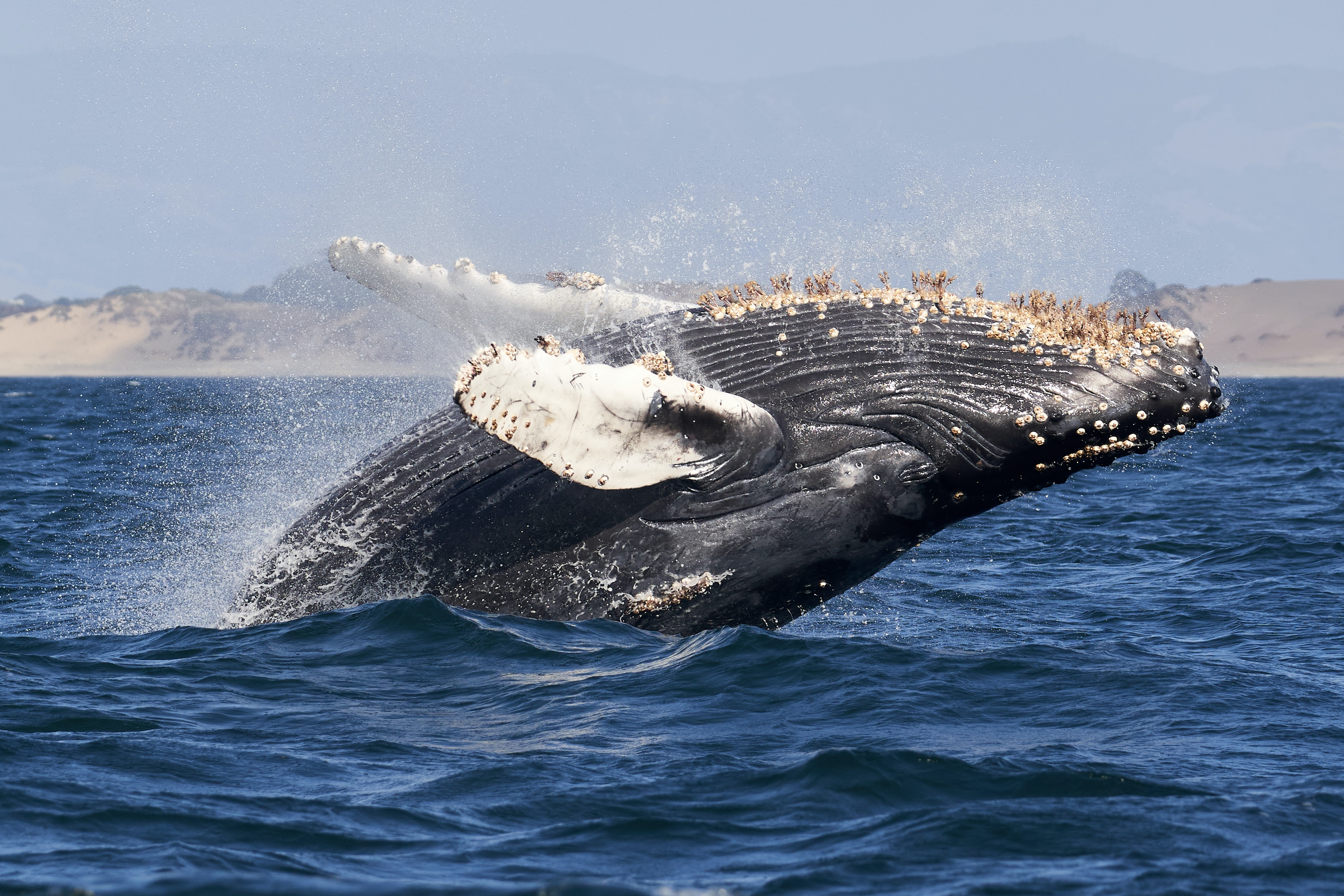Well before the arrival of the first Europeans, the Iroquois practised traditional whaling in the St. Lawrence River. Archaeological studies demonstrated that they mainly hunted harp seals and harbour seals, but also smaller whales like belugas and porpoises. Jacques Cartier had also noted these observations in his travel logs.
In the 16th century, Basque whalers also began to explore the Gulf of St. Lawrence and especially the Strait of Belle Isle. The whaling station of Red Bay on Labrador’s Saddle Island was one of the most important. Here the Basques commercially hunted bowhead and North Atlantic right whales. In fact, the latter owes its name to the fact that it was considered easy to harvest. A slow whale that floated once it was dead, it was the “right” whale to hunt. The oil that was harvested from these animals was used to power lighthouses and street lamps. Right whales were hunted to the brink of extinction. The population, now exposed to other threats such as entanglement in fishing gear and collisions with ships, is estimated at around 500 individuals and is considered to be one of the most endangered species of whales. In the early 17th century, the Basques targeted other smaller species such as the beluga. They set up base notably at Île aux Basques, across from Trois-Pistoles.
In the 18th century, a new beluga hunting technique using stationary gear was practised in the St. Lawrence Estuary, mainly at Île aux Coudres and Rivière-Ouelle. Inhabitants would catch belugas using weirs, which consisted of thousands of saplings arranged in the shape of the letter B, with an opening in the middle. At high tide, belugas entered into the weir, but remained trapped when the tide went out.
The last whaling records date back to the 20th century. In Sept-Iles, the Norwegians established a whaling station from which they hunted fin and blue whales. That operation ended in 1914. During the 1930s, intensive hunting was subsidized by the Quebec government to exterminate the belugas of the St. Lawrence, which were considered harmful for the fisheries. Commercial beluga hunting ended in the mid-1950s and sport hunting in 1979. Today, whaling is prohibited in the Marine Park and in the St. Lawrence.





